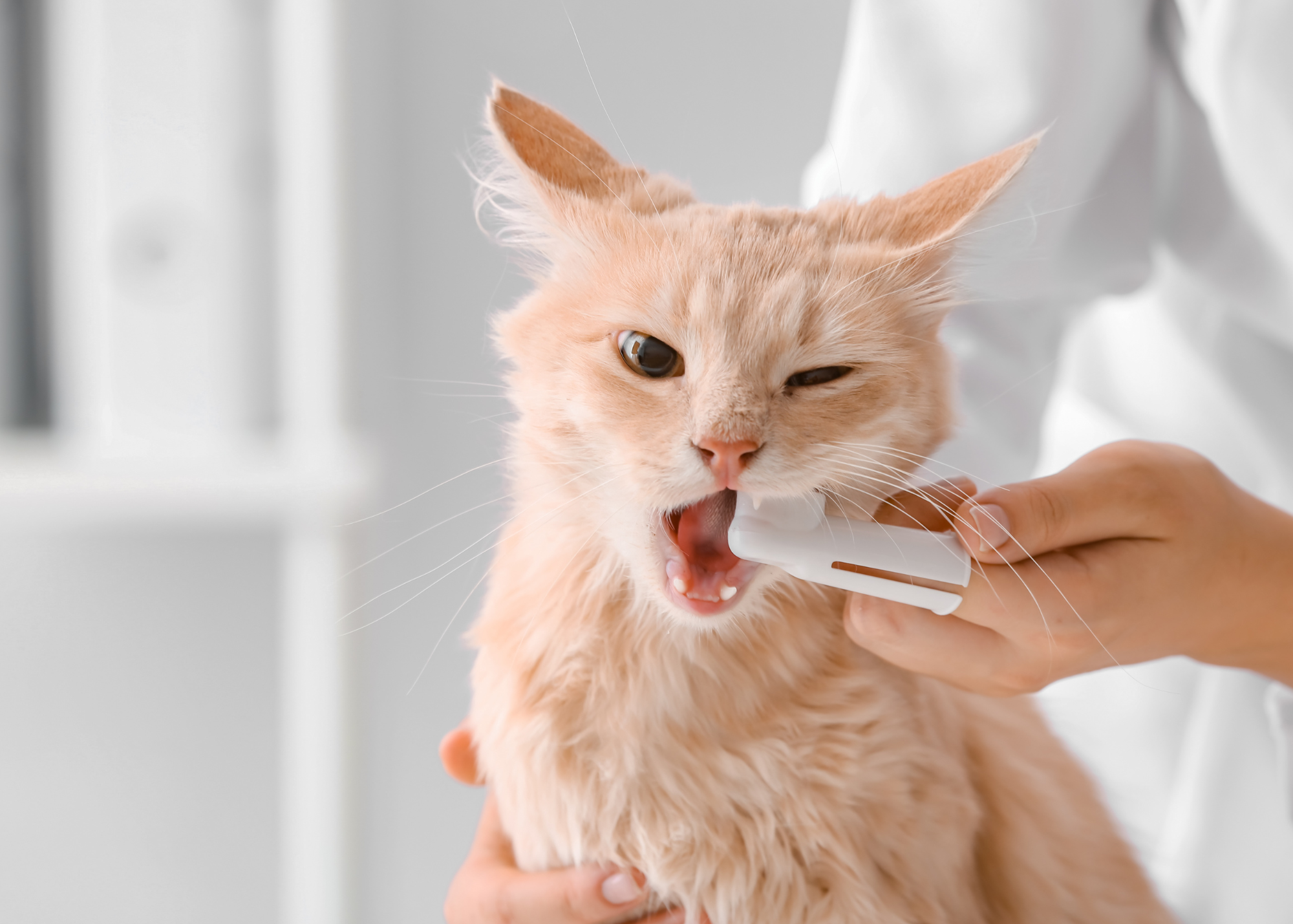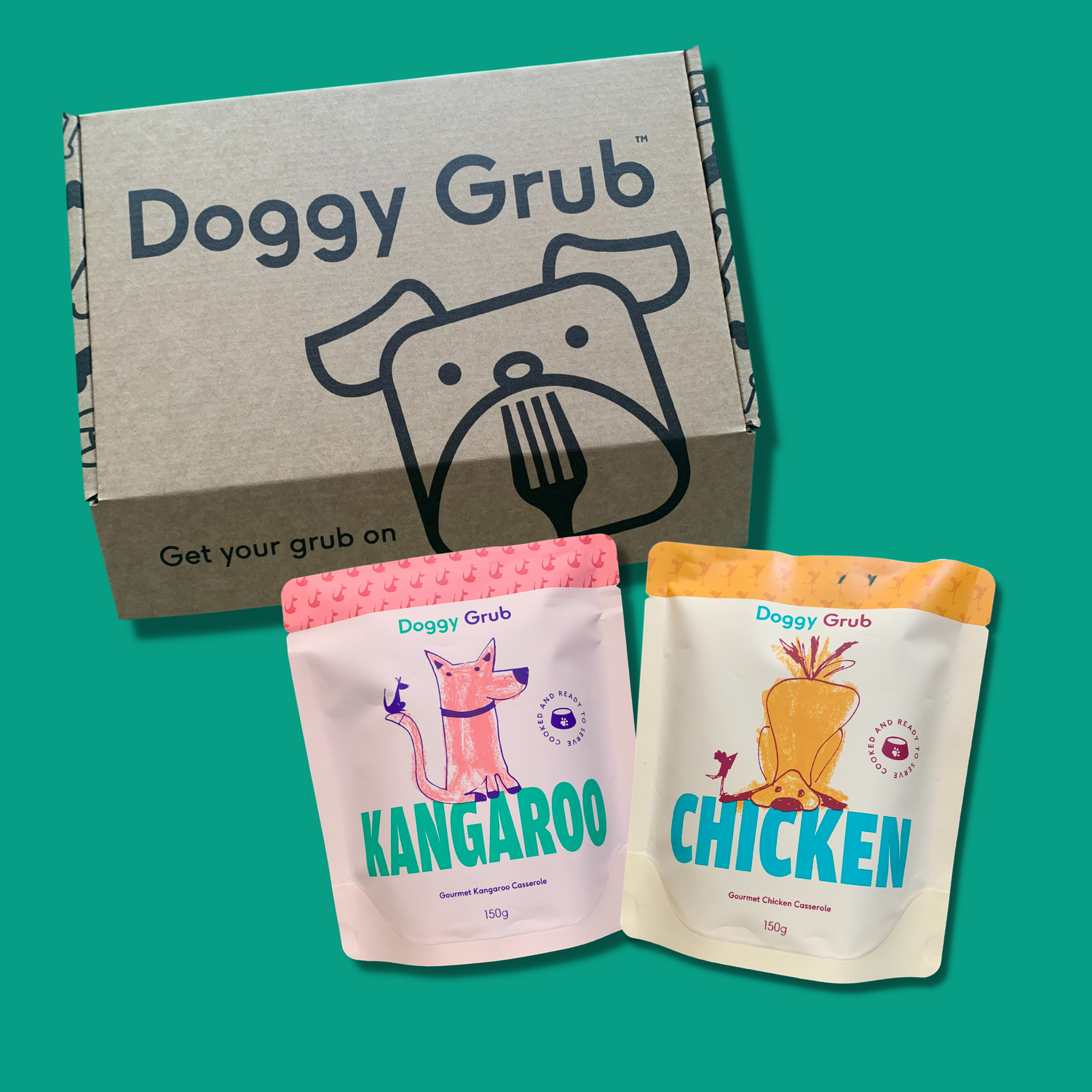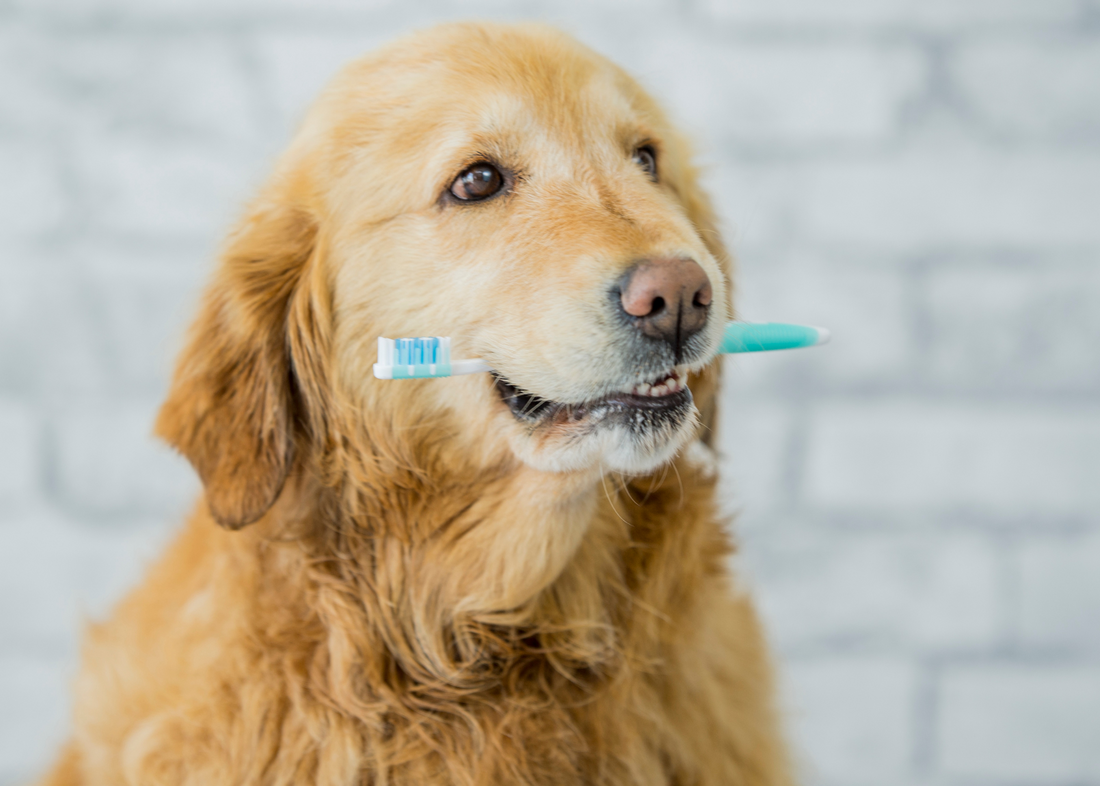February is pet dental health month! An entire month dedicated to our dogs and cats’chompers, shining a light on gum disease and other dental problems.
Why is there a pet dental health month?
Did you know that 85% of pets over the age of 3 years old suffer from gum disease? That’s over ¾ of all pets!
It has become the most common health problem and it’s totally preventable.
Pet dental health month is there to remind us that our pets can’t brush their teeth like we do and so we need to keep an eye on their dental care.
But you should obviously be thinking about your pet’s oral health all year long.
What is gum disease?
Gum disease, also called periodontal disease, is caused by the accumulation of bacteria (from food debris) on your pet’s teeth. If not removed mechanically, through brushing, the bacteria will form a film called plaque. Eventually, that build-up of plaque will harden and form tartar (calcified dead bacteria), which is much harder to remove.
In many cases, visible signs of gum disease in pets are not present until the disease is very advanced (brown teeth, bad breath, red and inflamed gums).
So it’s very important to begin preventative dental care for your pet at an early age.
But more on that later.
Is gum disease dangerous?
Unfortunately, on top of being extremely painful, periodontal disease can cause some serious health problems for our pets.
First off, the infection damages the soft tissue around your pet’s teeth and wears away the bone supporting them. If left untreated, the disease eventually ruins the bone, loosening the teeth and causing them to fall out.
Other health issues include increased risk of organ damage, jaw fractures, oral cancer, oronasal fistulas, and tooth abscesses.
How to prevent gum disease in pets?
Thankfully, there are a number of ways you can prevent gum disease!

Brushing your pet’s teeth
First, you can brush your pet’s teeth using a natural toothpaste or making your own.
This is easier if you start at a young age, although you can always do it on your adult pet with a lot of patience.
Pick the right tools: a pet’s toothbrush, a kid’s toothbrush or even a cloth (if your pet is bristle-phobic, you can use a cloth to rub the toothpaste onto their teeth).
If your dog won’t come near a toothbrush, you can give them their own natural “toothbrush” once a week, using a hard vegetable such as a carrot, a cucumber or the stem of a broccoli. The hard veggie will scrape plaque off their teeth and keep them entertained.
Chew treats
You can also use natural chew treats or bones, but make sure they are fresh and raw. Cooked bones or bones that have been frozen, splinter and can be dangerous, causing blockage or tearing of the GI tract.
When it comes to dog chews, always look at the ingredient list and pick a natural option with no artificial colours, flavours, or preservatives. Single ingredient chews such a kangaroo tendons are a great option.
The action of chewing harder means more saliva is produced. Saliva naturally cleans teeth by washing away food debris, helping protect the mouth.

Healthy diet
Do not under-estimate the impact a healthy diet of fresh food can have on our pet’s oral health.
Proper nutrition will maintain the gums in a healthy state and improve digestion, keeping bacteria levels to a minimum.
Leafy green veggies are rich in vitamins & minerals such as calcium, niacin and folate, to support healthy teeth.
You can also add a natural dental supplement to your pet’s bowl. Instead of acting mechanically, they have an enzyme that reduces the chance of plaque forming on teeth.
You now have all the tools to have a great month of February, and beyond, taking care of your pet’s oral health!
Want to be the first to get your paws onto the hottest topics? Subscribe to our newsletter!
--------------------------------------------------------------------
The Doggy Grub blog is dedicated to helping dogs and their owners achieve happier, healthier lives, changing the way we feed our dogs one bowl at a time! If you would like to know more about our fresh food head to Doggy Grub










